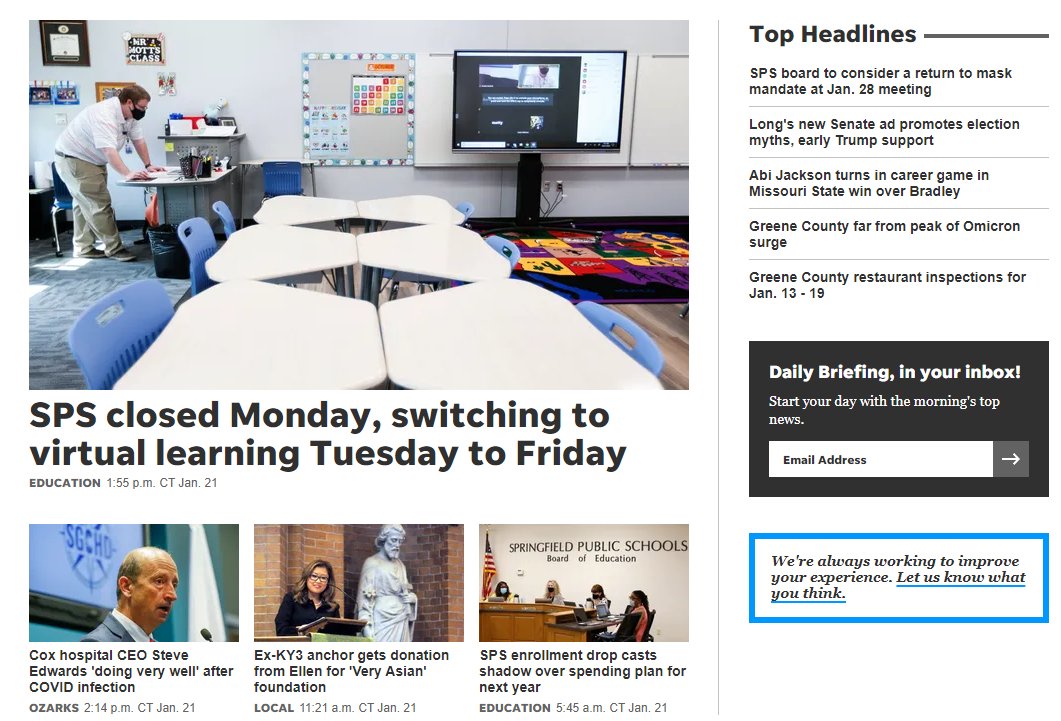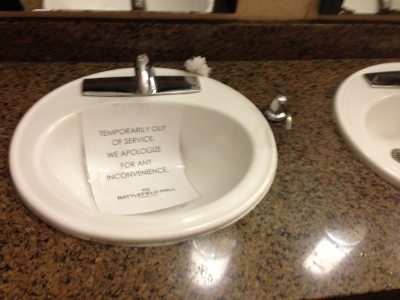City Sees Private Investment Boom In Downtown Springfield:
The sights and sounds of construction are hard to miss across downtown Springfield, and city officials say that’s because private investment has hit a high.
The city’s Economic Development division put out a “Heat Map” that shows development in the Queen City of the Ozarks’ urban core has been red-hot — far more concentrated than any other part of town — since the beginning of last year.
“It does seem like ‘boomtown’ in downtown Springfield with all the construction going on everywhere,” Economic Development Director Mary Lilly Smith said. “This is probably the largest investment we’ve seen for maybe 100 years.”
More than $230 million dollars has been spent on downtown development. Smith said more than $125 million more is in the pipeline, as some of the city’s most iconic structures are getting complete renovations.
Hopefully, the supply for housing and retail downtown will not outstrip the demand, which could lead to boom and bust sorts of cycles that you see in St. Louis, which are not so much boom and bust as public financing and bust. That is, hopefully the people pouring private money into downtown won’t find that they’re completing projects simultaneously and are competing for the same limited number of tenants and retailers so that the prices decline, buildings go into foreclosure, and nice renovations start getting decrepit quickly.
What sometimes then happens is the government starts flinging tax dollars at developers, businesses, sports teams, and whatnot to get them to stay/build in downtown, and each major development is going to return the city to its glory days and the news stories are all positive (but the demand for housing and retail remains almost the same). When the public money dries up. the new structures fall into disrepair and disuse until such time as more public money flows….
Look, that’s the Story of St. Louis. That city has been on the verge of a major reawakening every decade or so when St. Louis Centre, the new convention center and football stadium, the renovation of Union Station, and so on. Every time the big public spending binge (including tax credit programs and advertising campaigns), there’s a blip, and then it returns to normal.
Because cities don’t grow because the capacity for growth is built. Cities grow because businesses grow there and because people move to be near those jobs. St. Louis has shed a lot of employers over the years, and cupcake shops are not going to make up form manufacturing or middle management cubicle farms. Employers in the St. Louis region have better places to go, including the county, where the cost of business is lower and the parking is free and plentiful.
Springfield is still a growing regional hub, with transportation networks centered in the city or just outside and growing medical facilities that draw people in from all over southwest Missouri and northwestern Arkansas. Additionally, lower labor costs (and no pesky income tax) There might, might be enough demand to keep it growing and to avoid the cycle St. Louis experiences. If Springfield can keep its government in check and not get in the way of the organic processes that create employment and grow cities.
But that’s a big if, and Springfield government (and Greene County government) are amusing themselves with various commissions and tax credit schemes that could very well tamp its growth in the middle and long term.











